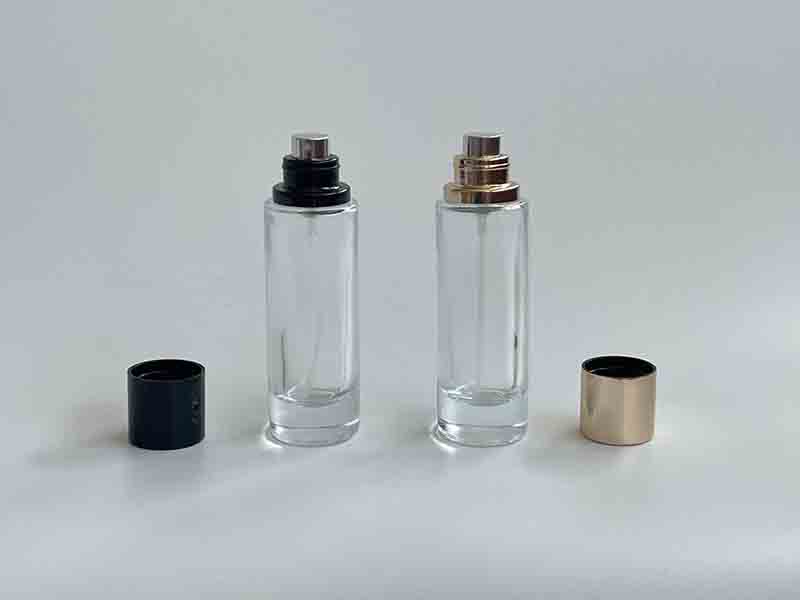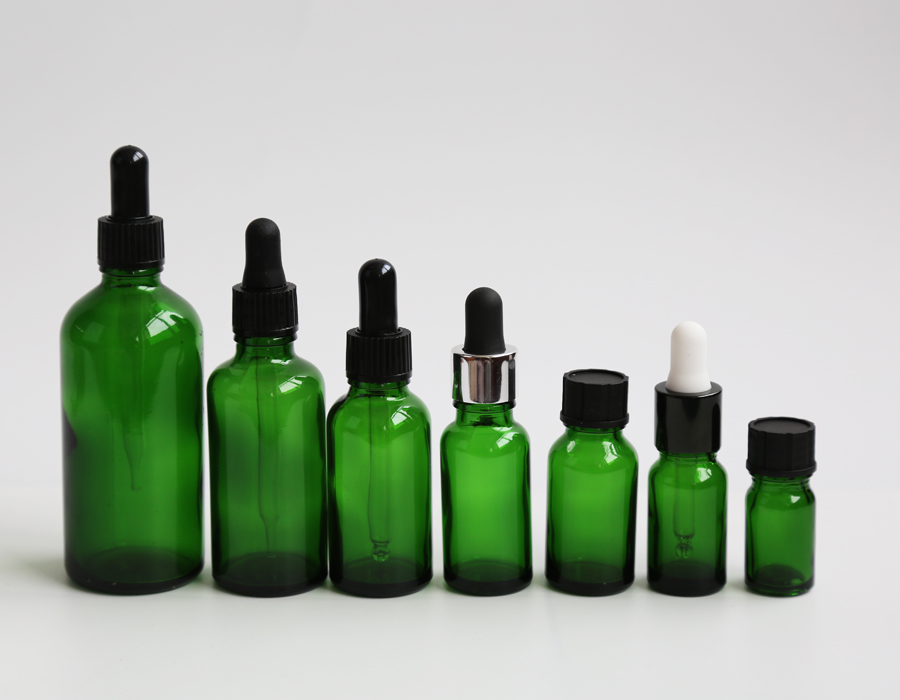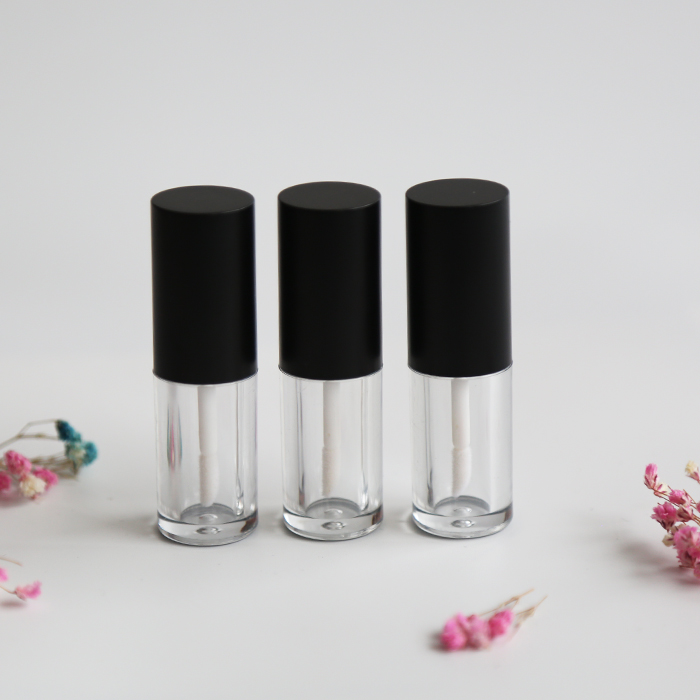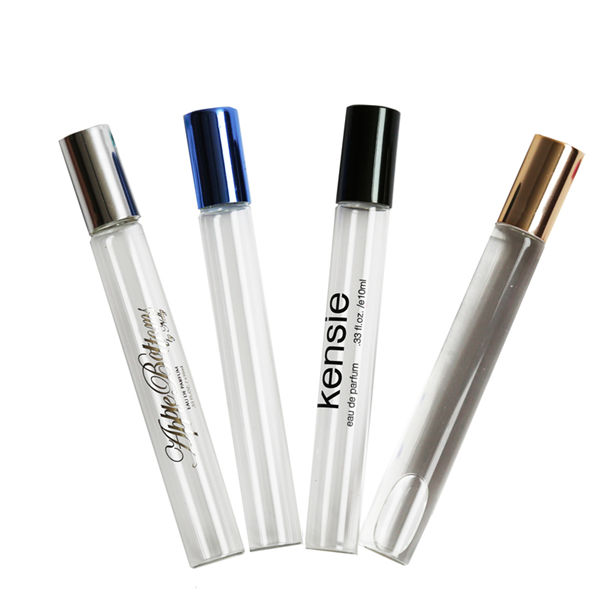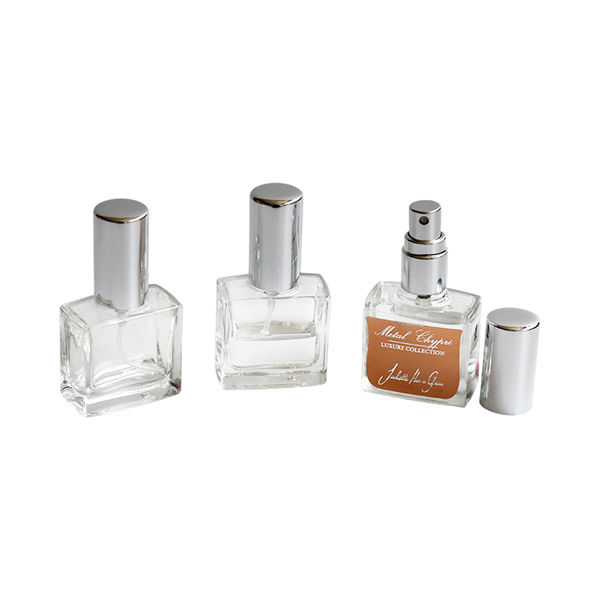Generally, the glass bottle has a stiffness mark, which is also made of the appearance design of abrasive tools. According to the manufacturing methods, the forming of glass bottles can be divided into three types: manual service blowing, mechanical equipment blowing and extrusion processing.
Glass bottles can be divided into the following categories according to their composition: sodium glass, lead glass, borosilicate laminated glass. The key raw materials of glass bottles are iron ore, artificial quartz, sodium hydroxide, dolomite, etc. The glass bottle has light transmittance and corrosion resistance with high aspect ratio, and it is not easy to change the material characteristics when touching with most chemicals.
The key points of the glass bottle processing process include: the preliminary processing of raw materials, the crushing of small raw materials (quartz sand, ammonium bicarbonate, dolomite, marble, etc.) to make the wet raw materials boring, and the termination of iron removal equipment for the copper containing raw materials to ensure the quality of laminated glass. Preparation of mixed materials.
Melting; The laminated glass is mixed with each other, and the high temperature (1550~1600 ℃) heating is terminated in the tank furnace or tank furnace, so that the composition of the laminated glass is average, there are no bubbles, and it meets the forming requirements of the liquid glass.
Forming; Put the liquid glass into the grinding tool to make the glass product with the requested design.
Heat treatment; After quenching, heat treatment and other processing processes, to eliminate or cause in-situ stress, phase separation or crystallization in the laminated glass, and to modify the structure of the laminated glass, the first step is to design the scheme without doubt and produce and manufacture abrasives. The glass raw materials take quartz sand as the key raw material, and then add other auxiliary materials to melt into liquid at high temperature, and then introduce abrasives, refrigeration, wound and quenching to form glass bottles; Large, high temperature resistant, neat, easy to settle accounts, and has the characteristics of repeated application.
As a key packaging material, glass bottles are widely used in food, oil, wine, beverages, condiments, cosmetics and liquid chemical raw materials. However, glass bottles also have their disadvantages, such as heavy net weight, high transportation and storage costs, non impact resistance, etc.
Post time: Jul-01-2022

